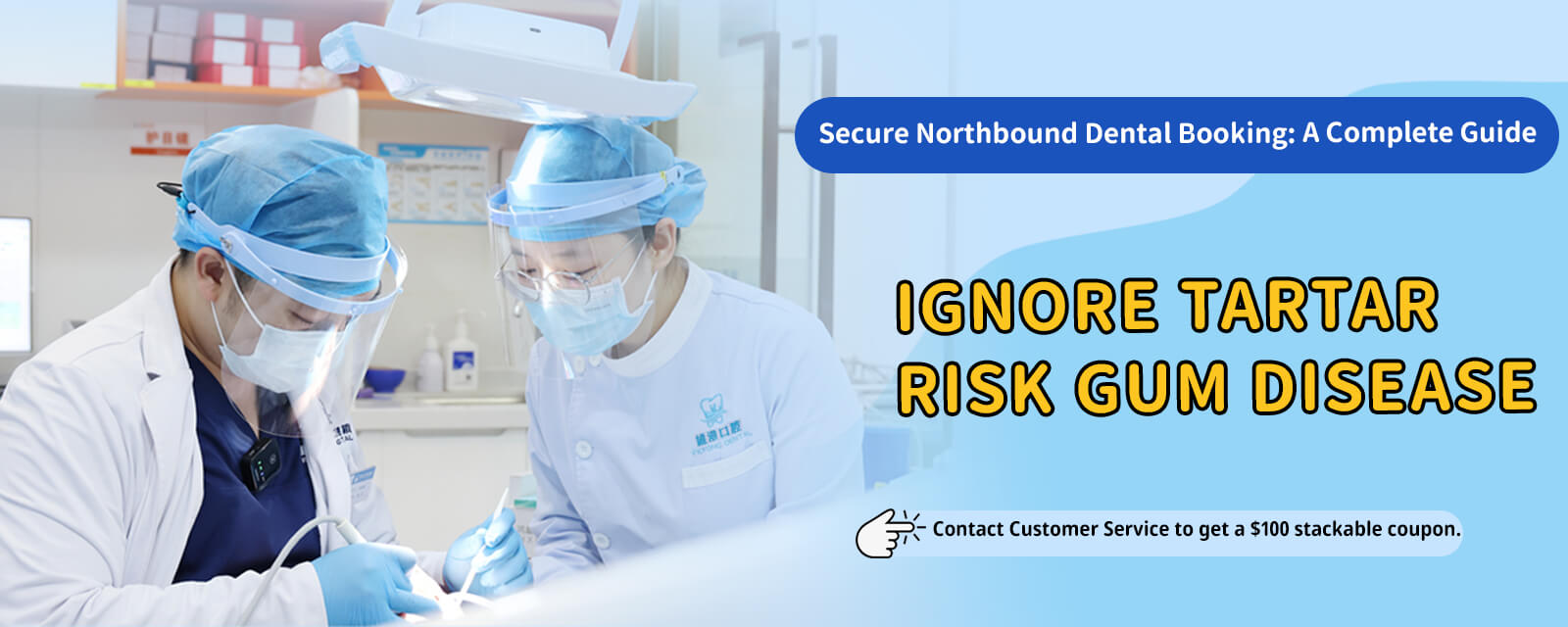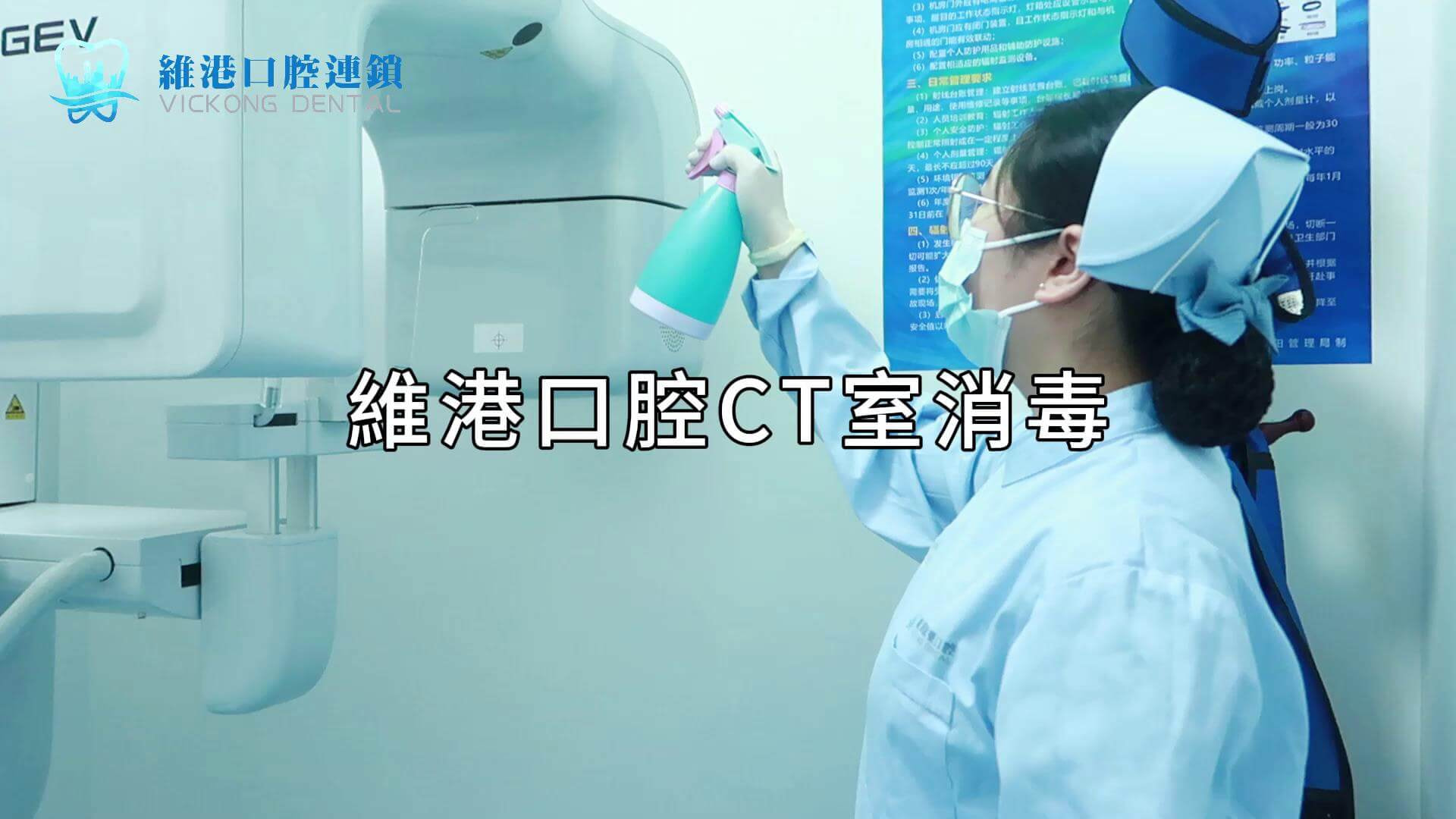**Can You Drink Alcohol After Getting Dental Implants?**
In Hong Kong, interest in dental health is on the rise, particularly when it comes to the topic of dental implants. A common question many people have after undergoing dental implant surgery is: "Can I drink alcohol after getting dental implants?" This question touches on the relationship between oral recovery and lifestyle habits. Failing to pay attention to this could impact the overall success of the procedure.
Firstly, its important to understand that dental implants involve a surgical procedure where an artificial tooth root is embedded into the jawbone, allowing it to fuse with the bone to form a stable foundation. This fusion process requires time, typically taking several weeks or even months. During this period, the tissues surrounding the teeth are actively repairing and adapting, so its crucial to avoid any factors that might interfere with the healing process.
Alcohol is a common part of social life, whether during gatherings with friends, festive celebrations, or just unwinding after work. However, alcohol can cause blood vessels to dilate and increase blood flow while also affecting the immune systems response rate. For those who have just had dental implant surgery, these effects may lead to swelling at the wound site and could potentially prolong the recovery time.
Another factor to consider is that alcohol causes dehydration, which can lead to a dry mouth, hindering the stable healing of gums and jawbone. Some might think that drinking beer is harmless, but any alcoholic beverage can have similar effects. High-alcohol content drinks, in particular, can easily irritate the gums and wounds, increasing the risk of inflammation.
In addition to affecting wound healing, alcohol consumption might compromise your oral hygiene habits. If you become lazy about brushing your teeth or rinsing your mouth after drinking, bact

eria can easily accumulate around the teeth, increasing the risk of infection. While the success rate of dental implants is high, maintaining good postoperative care is essential.
When is it safe to drink alcohol? Generally, the initial phase after surgery, such as the first couple of weeks, is when alcohol consumption is most discouraged. During this time, the jawbone and the artificial tooth root are in the early stages of integration, and the gums also require time to heal. Drinking too soon might impair the bonding process between the implant and the bone. Once your dentist confirms that the condition is stable, with no swelling or pain at the wound site, you can gradually return to your normal lifestyle, including moderate alcohol consumption.
Of course, even then, moderation is key. Excessive drinking, over time, is not conducive to overall dental health, even after full recovery. Alcohol paired with high-sugar drinks, such as sweet wines or cocktails, can increase plaque buildup, putting additional pressure on your teeth.
To maintain the longevity of dental implants while enjoying life, its possible to find a balance. During social events, opt for low-alcohol or non-alcoholic beverages to still engage in the atmosphere without harming your dental and oral health. Regular hydration and good oral hygiene practices will help keep your teeth and gums strong.
In conclusion, getting dental implants doesnt mean you can never drink again, but it depends on the recovery progress of your teeth and gums, and following your dentists advice for lifestyle adjustments. Being patient in the short term allows your teeth to stabilize, making the eventual enjoyment of alcohol worthwhile. After all, dental implants are not only about restoring tooth functionality but are also an important step towards enhancing quality of life—dont let a momentary indulgence jeopardize your future smile and health.

























